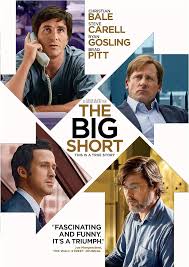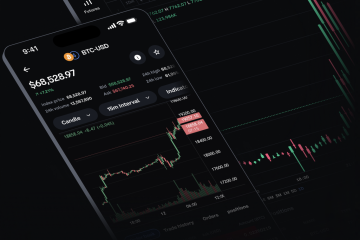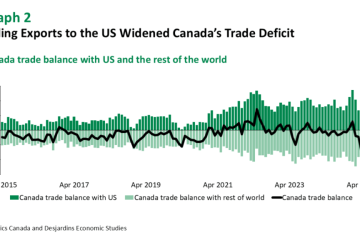The Big Short: Lessons from the 2008 Financial Crisis

Introduction
The Big Short, a film directed by Adam McKay and based on the book by Michael Lewis, offers a compelling look into the events leading to the 2008 financial crisis. This cinematic interpretation illuminates the complex mechanisms of the financial markets, the housing bubble, and the subsequent economic collapse that had far-reaching effects worldwide. Understanding this event is essential, not only for finance professionals but for anyone interested in the stability of our economic systems today.
The Events Leading to the Crisis
The 2008 financial crisis was precipitated by the housing market bubble in the United States, where home values soared due to excessive lending and risky financial products. Financial institutions began to sell mortgage-backed securities (MBS), which combined numerous home loans into one investment product. Though these MBS provided seemingly safe returns, many of the underlying mortgages were sub-prime, meaning borrowers had poor credit histories and a high likelihood of default.
As interest rates rose and housing prices began to decline, borrowers started defaulting on their loans in large numbers. Consequently, mortgage-backed securities’ value plummeted, leading to dire consequences for major financial institutions, including Lehman Brothers, which filed for bankruptcy in September 2008, signaling the onset of the crisis.
Key Players and Their Insights
‘The Big Short’ details the paths taken by several investors who foresaw the impending collapse and sought to profit from it. Notable characters include Michael Burry, who first invested in credit default swaps betting against the housing market; Steve Eisman, who aggressively shorted subprime mortgages; and Jared Vennett, who used his knowledge of financial instruments to maximize profits. Their stories highlight the failures of regulators and rating agencies, which failed to adequately assess and mitigate the risk posed by these toxic financial products. The film serves as a stark reminder of how greed and negligence by financial entities can lead to catastrophic outcomes.
Conclusion: Lessons for Today
The repercussions of the 2008 financial crisis continue to influence global financial markets and regulatory policies. The lessons learned from ‘The Big Short’ emphasize the importance of regulatory oversight in maintaining financial stability and protecting consumers. As we navigate an increasingly complex economic landscape, revisiting the factors that led to such a crisis remains vital. Investors, regulators, and consumers must remain vigilant to prevent history from repeating itself. The film and its real-life accounts provide critical insights that are as relevant today as they were in 2008, encouraging a more informed and cautious approach to economic engagement.








